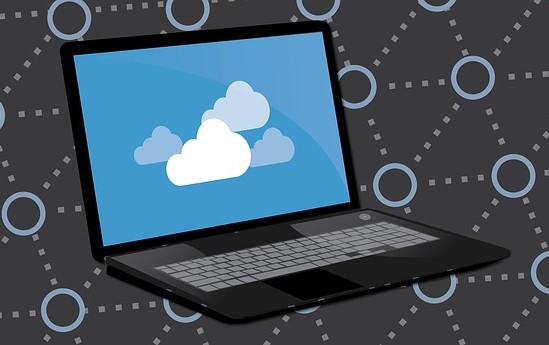
With the upswing in hacking and ransomware attacks on schools and other educational institutions, it is essential for educators to ensure their data is secure. As some school districts have seen significant data loss due to such activities, such preparation minimizes risks that no one can afford.
Problems with ransomware attacks and corrupted cloud accounts have also seen several of my colleagues lose data. It’s distressing and often can be costly to recover.
Educators should consider the following for backing up their data:
5 Quick Tips for Backing Up Your School Data
- Follow the 3-2-1 rule for data backup. Have at least three backups of your data, using at least two different media with one offsite. Those backups should be stored in at least two physical locations. For instance, one copy at home and another at the office. Or maybe on external hard drives. A third might be stored on the cloud, either a personal or an institutional account, although remember that cloud accounts are not 100% reliable and should not be your only backup. Backups should also be on at least two different types of media. External hard drives, flash drives, and optical disks are all potential options along with cloud backups.
- If possible, automate the backup process so you don’t have to remember to manually start it. At the end of each semester or term, it is a wise idea to create a complete backup. Label that backup and set it aside as an archival record for that semester.
- Make sure you invest in high-quality external hard drives for your archival backups. Many systems include password protection or encryption on the hard drives. Encrypting your data provides an additional layer of protection. If you have large amounts of data, you might want to consider a cloud-based backup service.
- Test your backups. Make sure each backup is complete and successful by recovering at least a couple of files from each backup. Backups are of no value if one is unable to recover the data.
- Take extra care with any data that includes personally identifiable information (PII). One might consider adding password protection to documents including any PII, especially regarding students.
Implementing a thorough and effective data backup plan is crucial to safeguard your data against loss due to hardware failure, cyberattacks, or accidental deletion. By combining local and off-site backup solutions, automating the backup process, and regularly verifying the integrity of backups, individuals can ensure their data remains secure and recoverable.
It’s important to evaluate your specific needs and resources to select the most appropriate backup methods and tools. Remember, the goal of a backup strategy is not just to preserve data but to enable efficient recovery when needed, ensuring minimal disruptions to one’s work and personal life.







